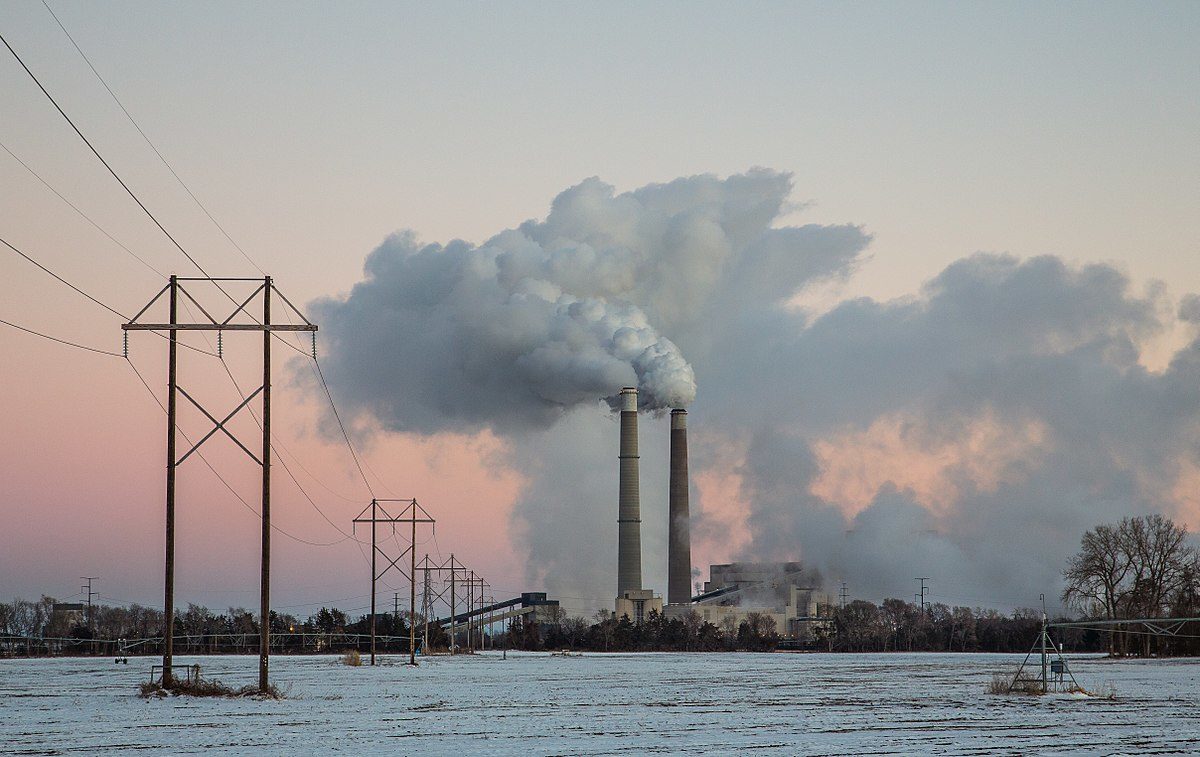Trump’s War on Solar: Solar’s growth is now endangered by the economic slowdown posed by the coronavirus. But the industry faced headwinds from the White House even before the crisis hit. President Trump has used the powers of his presidency to champion fossil fuels — his latest budget request includes $500 million for clean-coal research — while mocking climate change and pulling America out of the Paris Agreement. When it comes to renewables, Trump habitually blasts “ugly” windmills, which he falsely claimed cause cancer. And he’s used high tariffs and his budget authority to slow the deployment of solar. The administration has created “speed bumps,” says Abigail Ross Hopper, president of the Solar Energy Industries Association (SEIA). California’s energy commissioner prefers a different metaphor: “It’s a great example,” says David Hochschild, “of us shooting ourselves in the foot.” Source: Rolling Stone
The $400 million, 500 MW solar photovoltaic Independent Power Project at Ibri, the largest utility-scale solar plant in the Sultanate of Oman, has reached financial closure. The lead banks including Asian Infrastructure Investment Bank, Bank Muscat, Riyad Bank, Siemens Bank and Warba Bank, helped structure the PV project on a 16.5 year door-to-door tenor. This deal is the first renewable energy financing in Oman, as well as the GCC region, by AIIB, the Beijing headquartered international development bank, which approved a $60-million loan. Source: T&D World, Utilities Middle East
Europe’s biggest green hydrogen project, powered by a 3 gigawatt offshore wind farm in the North Sea: A plan by oil major Shell, Gasunie and Groningen Seaports to build the world’s largest offshore wind farm in the Dutch North Sea to produce green hydrogen should survive the coronavirus crisis unscathed due to its early development stage, the companies told Recharge. Analysts warned that oil and gas firms in general could delay other energy transition projects, as they try to protect their core fossil business in the short to mid-term. Source: Upstream
Tampa Electric Company (TECO) is looking to double its solar generation, adding 600 MW in capacity over the next three years. When this expansion is complete, TECO will boast 1,250 MW in solar generation, roughly 14% of the utility’s total generated power. The expansion is set to cost approximately $800 million. In anticipation of the coming solar expansion, TECO has already looked to purchase 1,200 acres of former Del Monte farmland straddling the Hillsborough/Polk County line. Source: Osprey Observer
New York has passed legislation that will speed up the siting and construction of clean energy projects and help jumpstart the state’s economic recovery from the COVID-19 health crisis. The Accelerated Renewable Energy Growth and Community Benefit Act will create an Office of Renewable Energy Siting to improve and streamline the process for siting large-scale renewable energy projects across New York while, the first of such in the nation. Prior to this act, renewable projects were sited the same way as fossil-fuel electric generating plants. The new siting process will establish uniform environmental standards and conditions that will support expedited project development. Source: New York State Energy Research and Development Authority
This content is protected by copyright and may not be reused. If you want to cooperate with us and would like to reuse some of our content, please contact: editors@pv-magazine.com.









The thing, that’s compressing the roll out of fossil fuels in the electricity generation sector is the recent adoption of the competitive bid process. It has been proven since about 2015, solar PV or wind generation with energy storage as part of the project, has been cheaper to construct, operate and maintain than existing fueled generation plants. The Feds recent move has decreased the interest rate for big loans that will allow larger energy projects to be financed. Alternative energy generation resources have already proven, although intermittent can be much more efficient when used with energy storage. Energy storage in and of itself is an asset that can stack grid services into one asset and pay for its installation in ten years or less, can’t say that for a fueled generation facility.
Basically not matter what Trump’s intentions of fossil fueled generation was, he cannot Legislate away the cost advantages of non-fueled generation with energy storage. The problem is getting away from the 4 hour storage facility and getting into the 12 hour energy storage facility for better results, especially when the generation resource is wind generation.